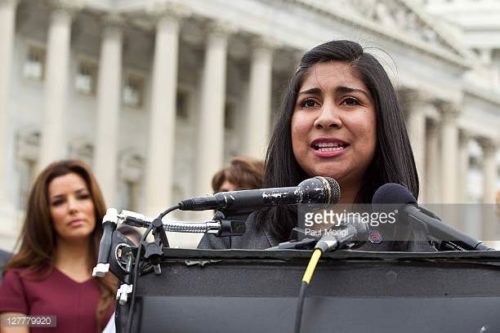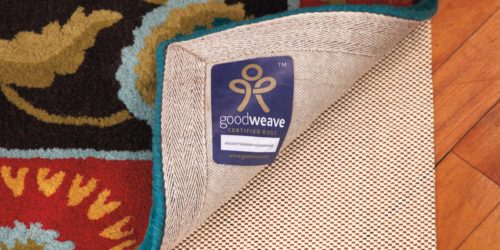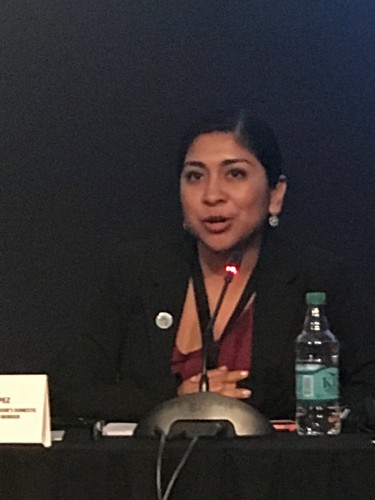We must not leave farmworker women out of the harassment discussion
By Norma Flores López
 Today’s headlines and top hashtags are showing that a powerful movement is building, and its being led by women.
Today’s headlines and top hashtags are showing that a powerful movement is building, and its being led by women.
Women–fed up with the constant attack on our bodies, the sexual harassment prevalent throughout our communities and centuries-long inequities in our homes, at the workplace and in the voting booth– are saying, “Enough.” They are displaying courage by organizing, sharing their powerful stories, casting their votes, and creating an effect that can be felt in the halls of Congress, on the movie sets of Hollywood, and through the airwaves. This movement against misogyny and sexual harassment is indeed powerful. It has made influential men step down from their long-held positions of power, it has stopped an accused pedophile from being elected into the Senate, and even made it to the cover of Time magazine.
And we’re just getting started.
We have seen this type of grassroots movement before–a seismic shift in the power paradigm of society, moving us closer and closer towards equity. Yet, we have never achieved the full promise of equality. The work is left halfway done, and we can’t allow this to happen again. We need to make sure that the movement is able to reach the darkest corners of society, in the marginalized communities where the most vulnerable women work and live.
For me, this is in the fields.
I grew up in a migrant farmworker family, where I was taught at a young age the power men held over me. Sexual harassment wasn’t the only kind we experienced. The boss had the power to protect me, but also the power to destroy me. A lifetime of hard work earned my father a position of leadership in most of the fields we worked in, which he used to protect his wife and five daughters. While most women endured cat calls, inappropriate prepositions and harassment, we were spared. Still, we knew the dangers that lurked out there and took no chances. My sisters and I never walked to the portable bathrooms (when they were available) by ourselves, making sure a few of us were always together. We never went anywhere by ourselves, in the fields or on the migrant camp. Ever.

Norma speaks frequently about the struggle to protect child farmworkers. Here she help introduce the Children’s Act for Responsible Employment with actress and activist Eva Longoria and others.
While my father did his best to shield us from these dangers, there were seasons that he wasn’t in charge and our family was separated. We were divided into different teams, each completing different tasks in different fields at any given moment. My mother and I mostly stuck together, and for years, we were in a team under the charge of a middle-aged white man who spoke no Spanish and made it known that he didn’t want to be there. As the season wore on, the work days got longer and his temper got shorter. He became a terror to all of the women working with him. It boiled over and from one day to the next, I became the focus of his fury. I was responsible for the team not completing the work at the pace he wanted. I was responsible for the mistakes made by my teammates. I was responsible for everything that went wrong in the fields. For all of this, I deserved his abuse. He began to hurl insults, curse words, and racial slurs on a daily basis, often at the top of his lungs for everyone in the fields to hear. My mother would stare at me in disbelief and fear, desperate to understand what was happening and to understand his English. “¿Qué te dice, Norma? ¿Qué pasa? (What is he saying? What’s happening?)” she would repeatedly ask me. “Nada, mami,” I would reply, trying to hide the hurt and fear in my voice.





